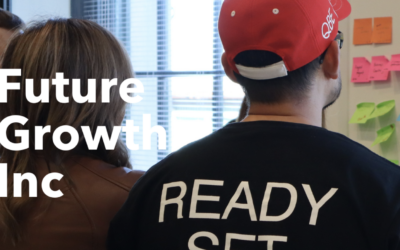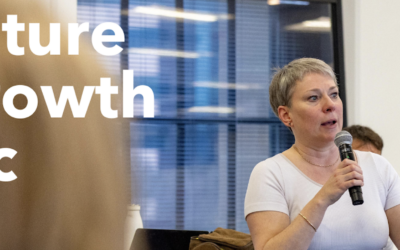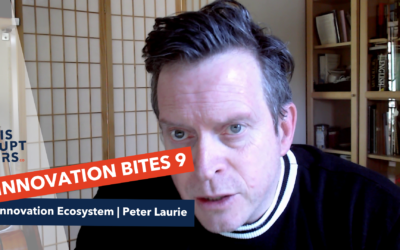When organisations seek to shift the dial – to really transform the way that teams, individuals and entire divisions work – they turn their attention to change management. And this means strategically combining systemic changes – from processes and technology to job roles, procedures, titles and remuneration to office location, incentive structures and organisational design. In fact, true transformation can create whole new organisations within the shell of the old.
In many ways, the pandemic has hollowed out many of the organisational structures that we took for granted. Surprisingly, many of these were what we call “never / nows” – we never thought they would be possible, but now are accepted realities. Some well known never / nows include:
- Working from home 100%
- Being productive / creative / engaged while working remotely
- Living in regional communities while holding down a city job
- Wearing casual clothes to online meetings
- Being upstaged by children or animals while in an international teleconference (and it is ok).
There are many more examples … but the collision of work/life has never yielded a richer field of content, humour or connection – and it’s clear we may never now go back to the “old ways”.
But as these never / nows have swept away a series of workplace myths, we have been left with a certain sense of hollowness where workplace certainty, culture and “ways of working” once lived. Our challenge then, is in finding or developing rich, meaningful alternatives. It means that the mindSHIFT won’t be complete until we have created new arts for the future of business.
mindSHIFT – The four new arts
During the course of the pandemic, we have seen three mindSHIFT disruptions – digital transformation by stealth, pandemic contraction, and the great realignment. Because these disruptions aren’t confined by organisational silos, they ripple across our businesses in waves, maturing in unexpected ways. So the challenge for us is to seek out these disruptions – not sweep them under the carpet – but to unearth, understand and celebrate them.
In many ways, we need to do some “sensemaking”:
Sensemaking (or ‘sense-making’) is the process by which people give meaning to their collective experiences. It has been defined as “the ongoing retrospective development of plausible images that rationalise what people are doing”.
But sensemaking without guidance can be a recipe for corporate meandering. To avoid this, we can use the mindSHIFT categories as guide rails, seeking out meaning around:
- S – social and environmental impact
- H – humans over workers
- I – impact over effort
- F – flexible working
- T – take anywhere technology.
The four new arts of mindSHIFT provide a powerful framework and series of artefacts that can drive insight:
- Creating meaning: across each of the mindSHIFT categories, look for individuals and teams that are generating momentum in new ways and grappling successfully with the disruptions. Examine the rituals and practices that they evidence in their work and learn from the way that they create meaning within and amongst themselves
- Personal, powerful storytelling: as you start seeing patterns of meaningful work, you’ll start collecting stories. These won’t be corporate, performance oriented stories about a 10x improvement in productivity. They will combine the personal and professional in profound ways, demonstrating team support, customer impact and highly relatable anecdotes. These are the stories we need to amplify
- Lionise the new: unproven people and processes will emerge from these stories. In our experience, these approaches and people – often without decades of experience – can and will question the foundations of approaches, as well as the outcomes. Championing the new – even where it fails or needs to be adapted – opens the door to innovation and opportunity
- Pitch everything: In these changing times, the old adage “you’re only as good as your last project” has to be replaced. When living and working in the mindSHIFT era, we are only as good as our last pitch. This means, focusing on storytelling and presentation and communication skills is vital for co-creating an emergent culture that captures our imagination, empowers our employees and attracts the talent we need to grow and to thrive.
So who is responsible for the mindSHIFT?
We’d like to suggest that EVERYBODY is responsible for the mindSHIFT – but in most cases, when we are ALL responsible, then no one is ACCOUNTABLE. We recommend a staggered approach to both responsibility and accountability, which is why we are developing the mindSHIFT Toolkit. The toolkit contains:
- The working life canvas
- Workplace blueprint canvas
- mindSHIFT alignment checklist.
We will share more of our thinking as the toolkit is tested and refined.




